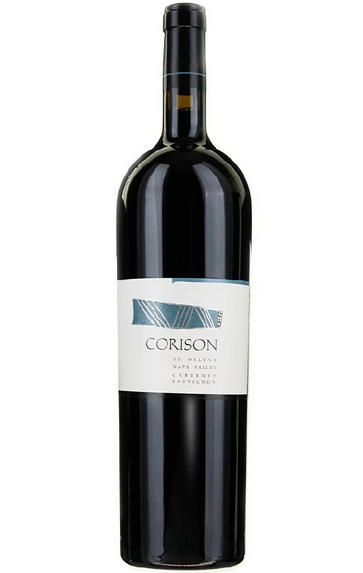
2020 Corison, Cabernet Sauvignon, Napa Valley, California, USA
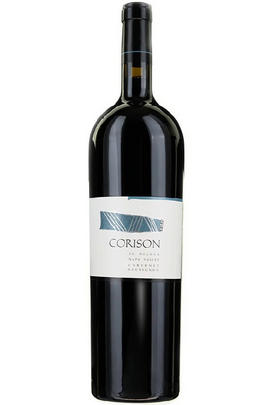
Critics reviews
The 2020 Cabernet Sauvignon (Napa Valley) is a heady, potent wine that shows the heat of the year in its forward, opulent personality. Super-ripe black cherry, plum, chocolate, herbs, earthiness, and liquorice are all amplified in this decidedly exuberant, potent wine. There's not a lot of subtlety and plenty of impact. Even so, this opens nicely with aeration.
Cathy Corison describes 2020 as a very warm year until Labor Day. Her 2020s are among the better wines of the year. The wines are perhaps a bit lacking in elegance, but I am not sure that was possible in 2020. As always, the Corison wines are archetypes of Napa Valley classicism, even if that is harder to discern in this extreme vintage.
Drink 2023 - 2028
Antonio Galloni, Vinous.com (February 2023)
Corison fans should enjoy the 2020 Cabernet Sauvignon—gentle herbal streaks run through the wine's classic black cherries and cassis fruit. Medium-bodied, sleek and streamlined, it shows vibrant energy and ample length, framed by gentle, silky tannins.
Drink 2023 - 2035
Joe Czerwinski, Wine Advocate (December 2023)
Quite fruit-expressive and floral, with spiced dark cherries, rust, baked plums, hibiscus and violet extract on the nose. Rich and fruity, with tart cherries, cassis and dried herbs on the palate. Full-bodied and juicy, with silky tannins that smoothen it out.
Drink or hold
James Suckling, JamesSuckling.com (October 2022)
Medium to full-bodied, beautiful and restrained, with savoury aromatics of fennel, black liquorice, cedar, and black currants. Soft, satiny blackberry fruits are lifted by fine-grained yet supple tannins while a purity of fruit guides the palate to a long, tobacco-tinged finish marked by a mineral-freshness that beckons sip after sip—100% Cabernet aged 18 months in 50% new French oak barrels.
Drink 2023 - 2035
Jonathan Cristaldi, Decanter.com (April 2023)
About this WINE
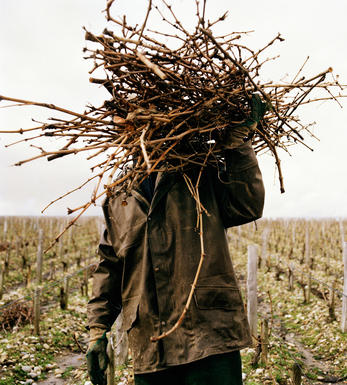
Corison Winery
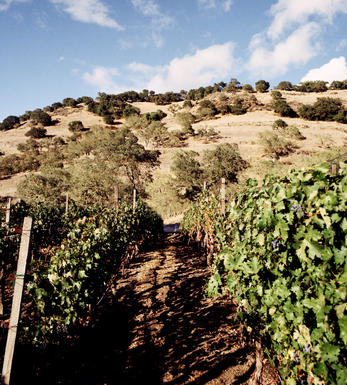
Napa Valley
North Coast's Napa Valley is California's most famous viticultural area (AVA), claiming some of the most expensive agricultural land in the world and producing wines of ‘cult’ status.
Its 16,000 ha of vines lie over a strip (40 miles long-5 miles wide) of diverse soils (clay, gravely, volcanic), with its northernmost end on the side of Mountain Helena and its foot in San Francisco Bay. The valley is framed by two mountains ranges Vaca (to the north) and Mayacamas (to the south), yet the main climatic influence is the cool wind and fog that is sucked in from San Pablo Bay during the afternoon, allowing grapes to ripen slowly and evenly.
The area enjoys a variety of unique microclimates, as temperatures can vary dramatically as much as 15 degrees, from the north to the south end of the valley. These differences have led to the creation of several sub-AVAs (14 in total) including:
Atlas Peak, Chiles Valley District, Diamond Mountain District, Howell Mountain, Los Carneros, Mt. Veeder, Oakville, Rutherford, St. Helena, Spring Mountain District, Stags Leap District, Yountville, Wild Horse Valley and Oak Knoll District. The Calistoga AVA is still pending approval.
Both the “Napa Valley” designation and the sub-AVA name must appear on the wine label simultaneously, with the exception of wines from the Carneros AVA, which is shared between the Napa Valley and the Sonoma County.
Cabernet Sauvignon is the undisputed king of Napa grapes, occupying over 45% of the vineyard acreage, followed by (predominantly) Chardonnay, Sauvignon Blanc, Chenin Blanc, Riesling, Zinfandel, Merlot, Cab. Franc and to a lesser extent Petite Sirah, Sangiovese, Barbera, Dolcetto.
Recommended Producers
Frog's Leap, Dominus, David Ramey, Viader, Stag's Leap Cellars, Paras Vineyards, Heitz.
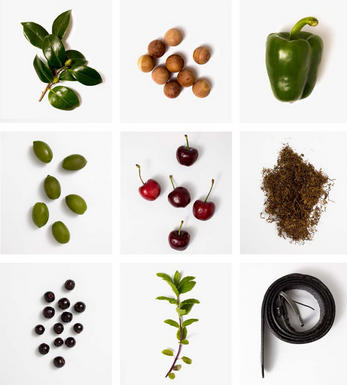
Cabernet Sauvignon
The most famous red wine grape in the world and one of the most widely planted.
It is adaptable to a wide range of soils, although it performs particularly well on well-drained, low-fertile soils. It has small, dusty, black-blue berries with thick skins that produce deeply coloured, full-bodied wines with notable tannins. Its spiritual home is the Médoc and Graves regions of Bordeaux where it thrives on the well-drained gravel-rich soils producing tannic wines with piercing blackcurrant fruits that develop complex cedarwood and cigar box nuances when fully mature.
The grape is widely planted in California where Cabernet Sauvignon based wines are distinguished by their rich mixture of cassis, mint, eucalyptus and vanilla oak. It is planted across Australia and with particular success in Coonawarra where it is suited to the famed Terra Rossa soil. In Italy barrique aged Cabernet Sauvignon is a key component in Super Tuscans such as Tignanello and Sassicaia, either on its own or as part of a blend with Sangiovese.


Buying options
Add to wishlist
Description
Medium to full-bodied, beautiful and restrained, with savoury aromatics of fennel, black liquorice, cedar, and black currants. Soft, satiny blackberry fruits are lifted by fine-grained yet supple tannins while a purity of fruit guides the palate to a long, tobacco-tinged finish marked by a mineral-freshness that beckons sip after sip—100% Cabernet aged 18 months in 50% new French oak barrels.
Drink 2023 - 2035
Jonathan Cristaldi, Decanter.com (April 2023)
wine at a glance
Delivery and quality guarantee